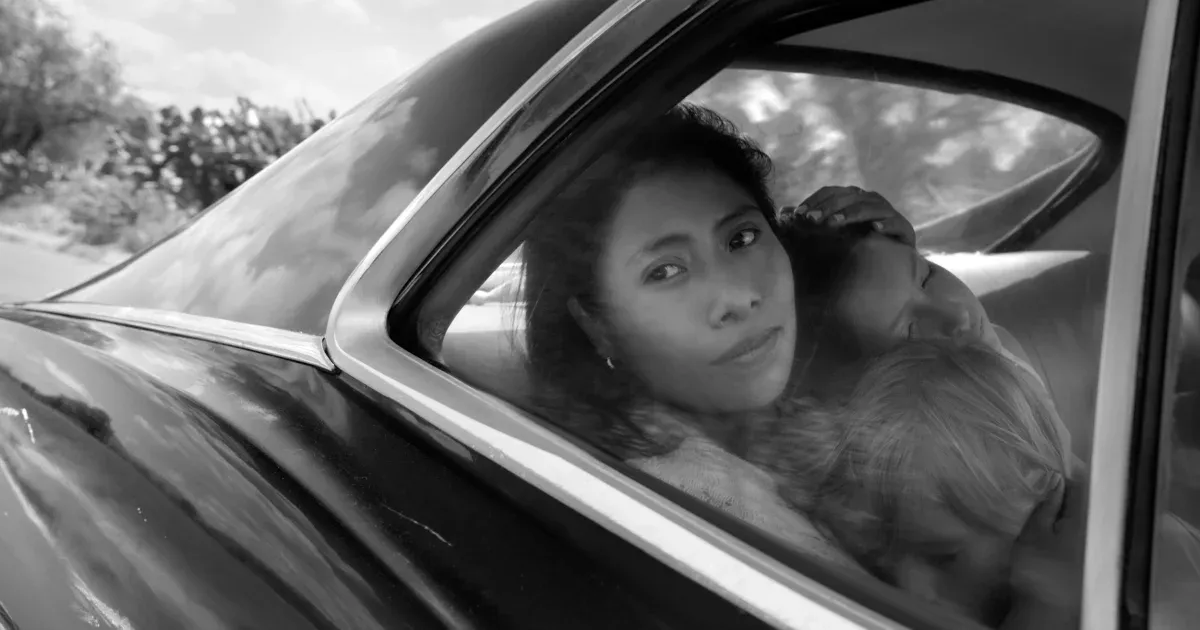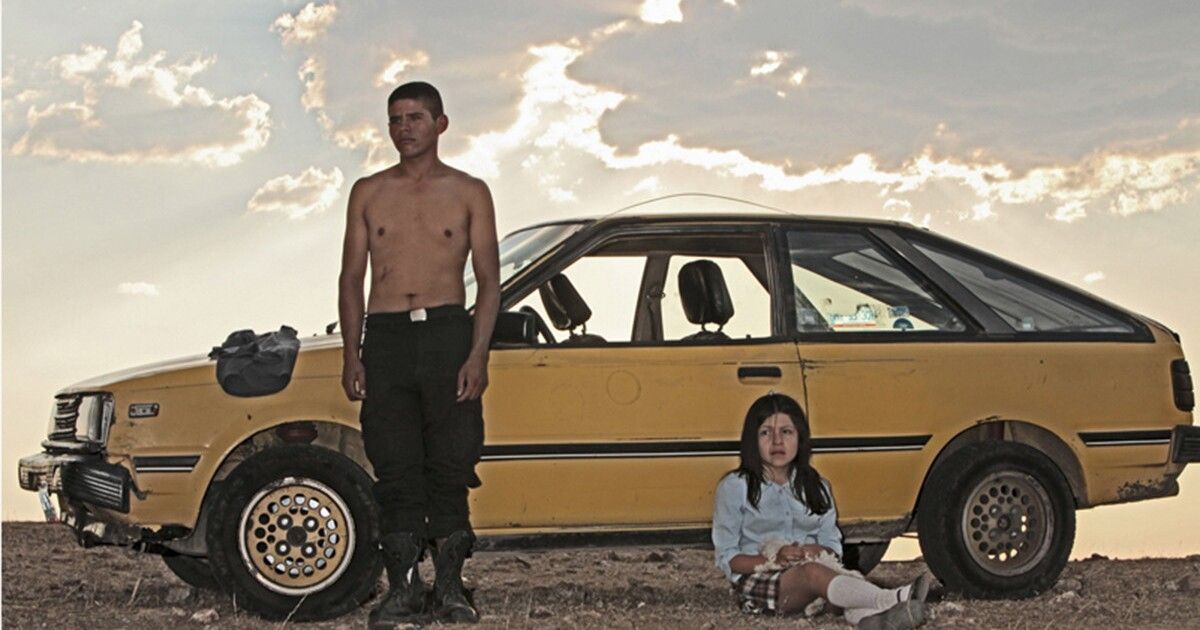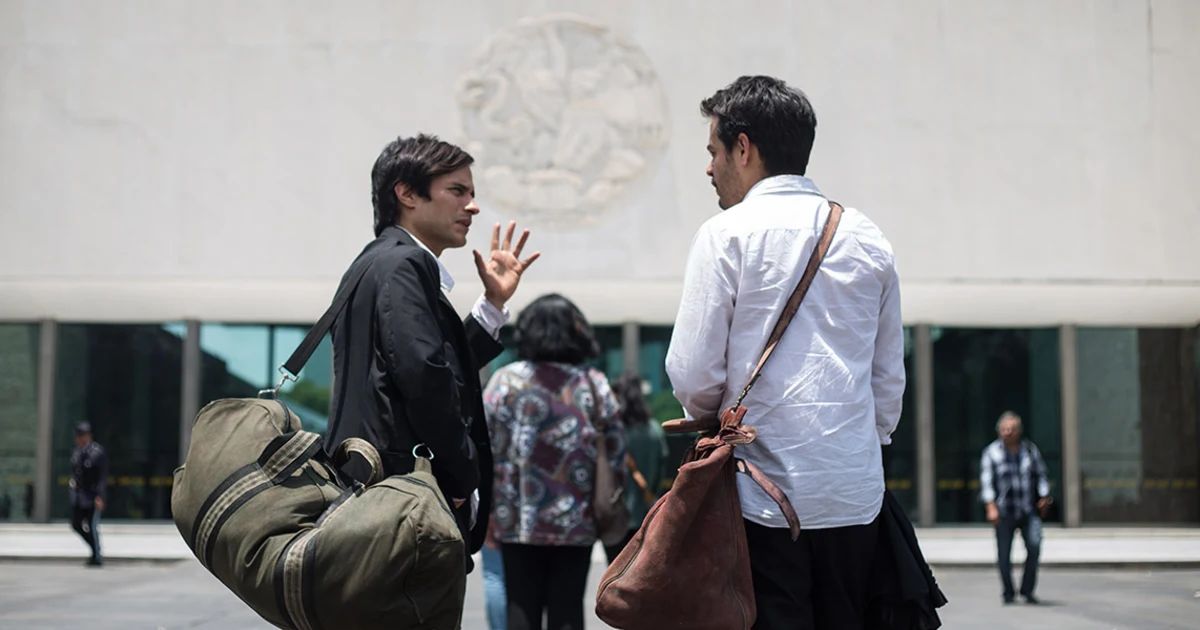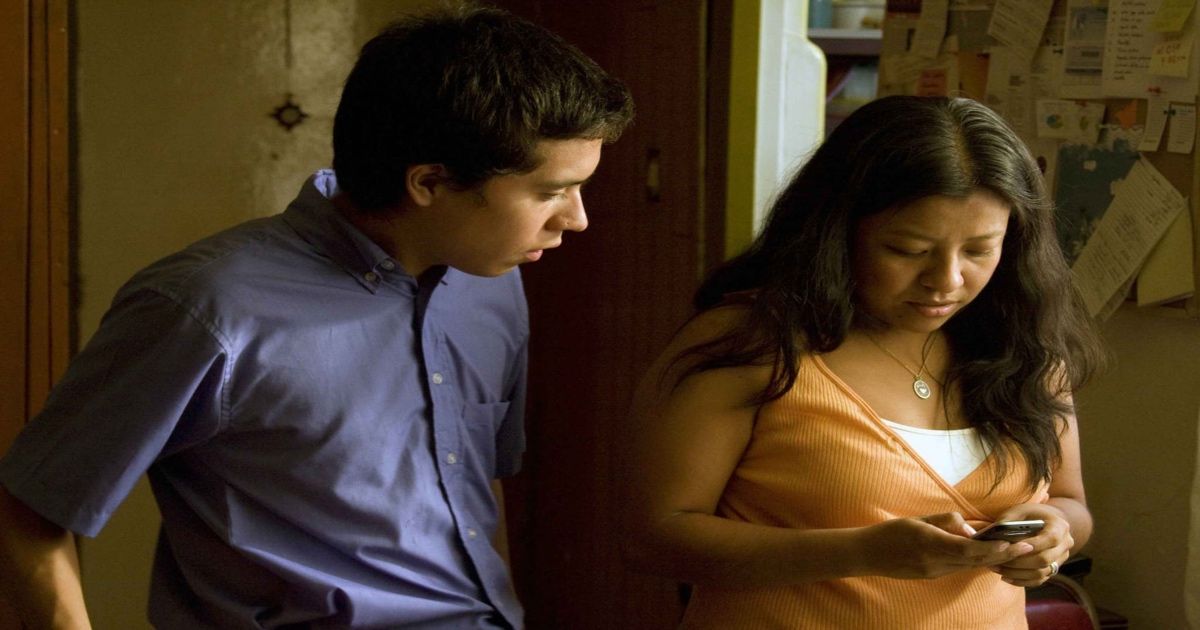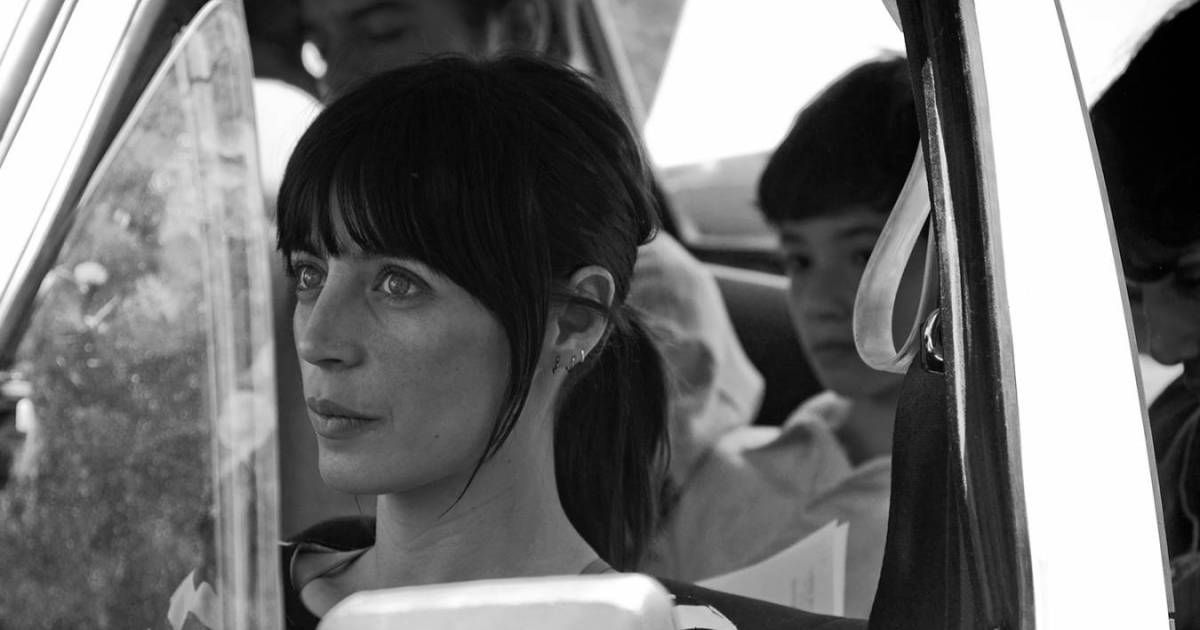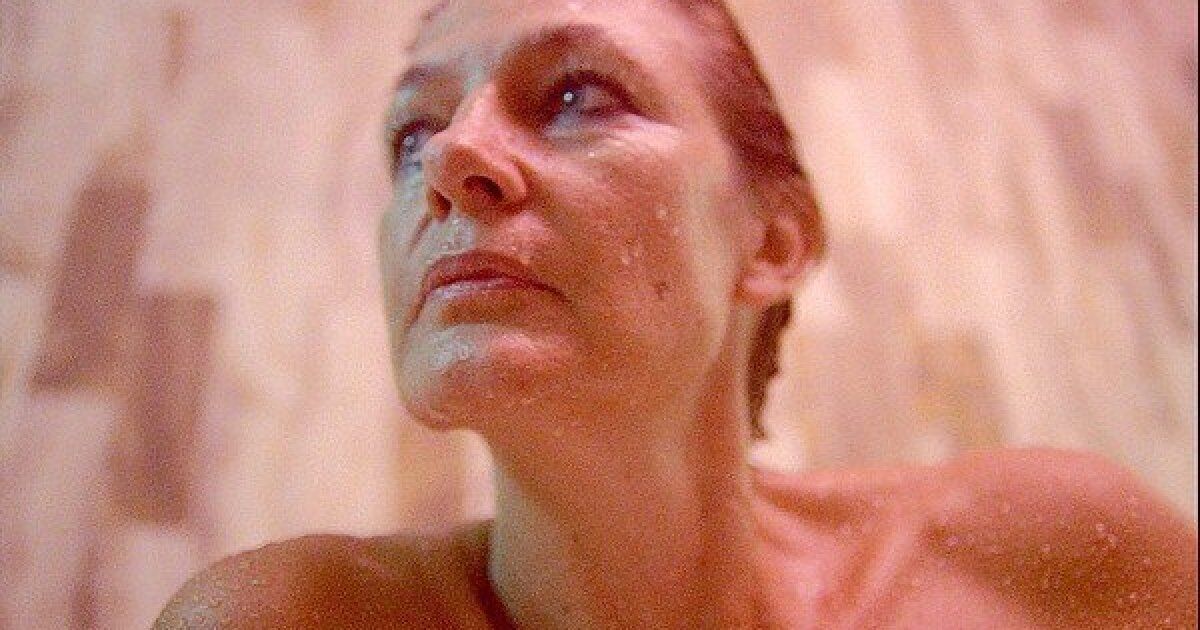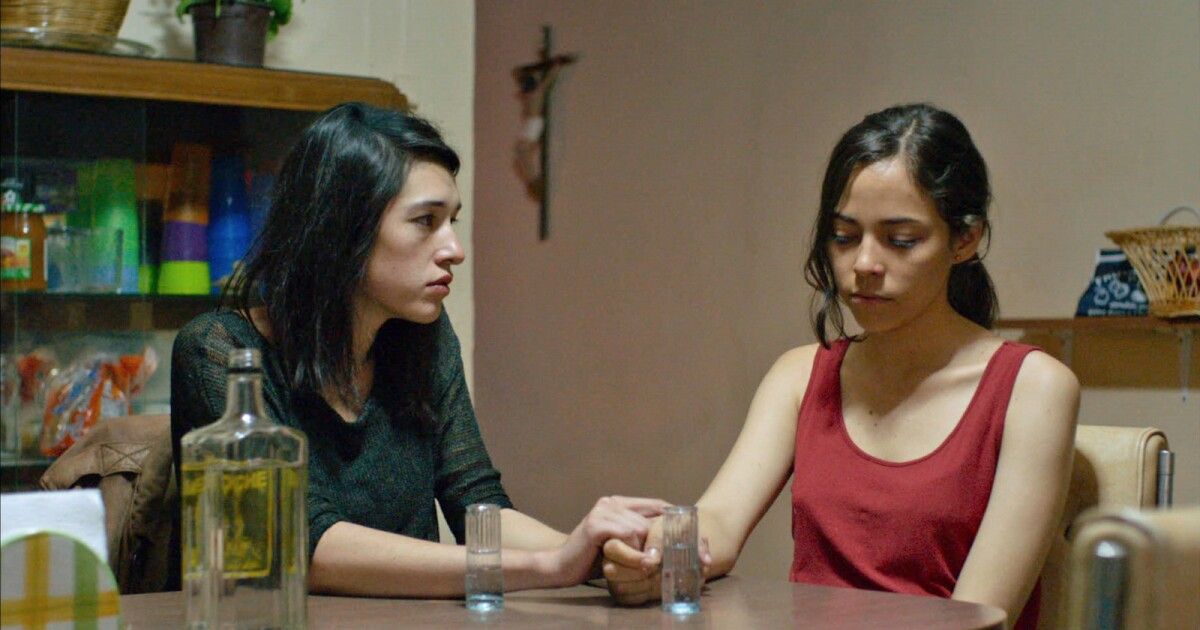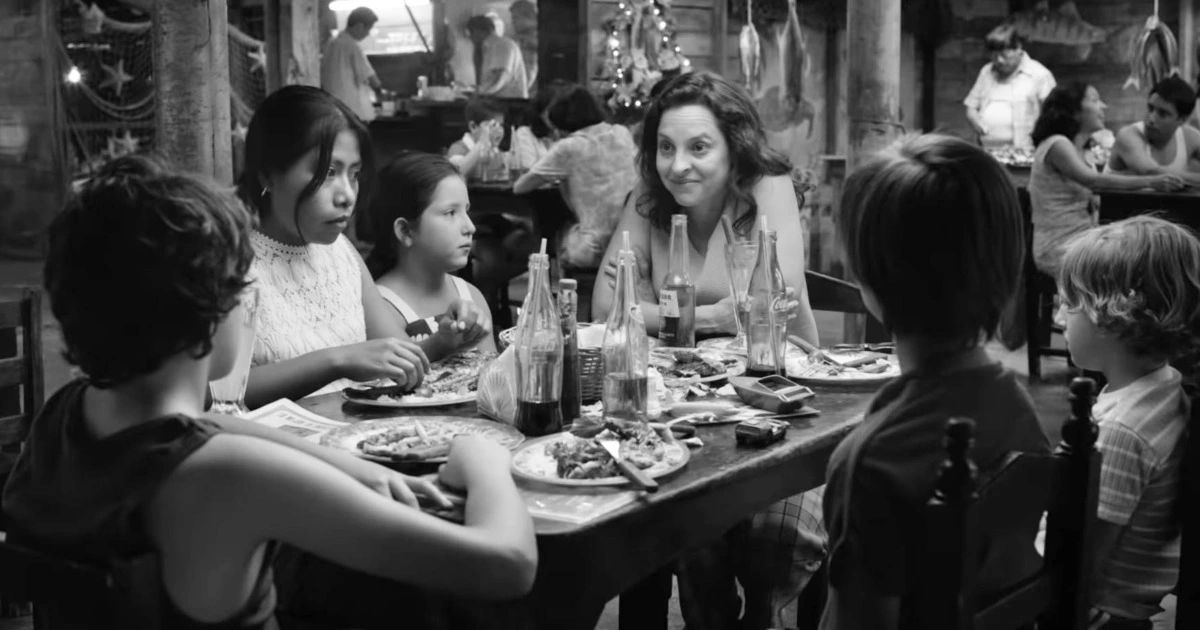Mexican cinema has been an underrated gem in the movie world, but, in the 2010s, Mexican directors finally had the chance to shine. Three prominent Mexican directors — Alfonso Cuaron, Alejandro Gonzalez Inarritu, and Guillermo del Toro — have captured the spotlight in Hollywood, potentially paving the path for not only Mexican filmmakers, but for Latin American creatives as a whole. When Cuaron’s autobiographical movie Roma released in 2018, it garnered many Oscar nominations and is now considered one of the best and most visually stunning movies of the 2010s.
And perhaps this recognition for Mexican cinema as a whole is overdue — the Golden Age of Mexican Cinema, as outlined by Film Inquiry, began almost a hundred years ago in the 1930s. It emerged a decade after the turbulence of the Mexican Civil War, and by the mid-1930s, the government was willing to begin investing in Mexican cinema as a national form of artistic production geared toward the Latin American market. Nowadays, Mexican films carry a sense of realism about contemporary society, telling the stories of everyday people with fictional twists and elements. These are the best Mexican movies released in the 2010s.
7 Heli
2013’s Heli is not for the faint of heart, and that is for a good reason. The movie is named after the main character, Heli, a young man working inside a car factory in order to support his wife and daughter. Heli's younger sister becomes involved with a much-older man aiming to sell stolen cocaine for money. This scenario sparks devastating consequences for the family, exposing the dark cycle of drug-fueled violence present in contemporary Mexican society. Cruel and bleak at times, Heli documents an unfortunate reality for many.
6 Museo / Museum
The story behind Museo is true, although the movie has taken creative license when it comes to what happened. The year is 1985, and two average veterinary students (Gael García Bernal and Leonardo Ortizgris) have decided to rob Mexico City’s National Museum of Anthropology. This scenario was once called one of the greatest heists of the century, as the two managed to succeed in robbing the museum on Christmas Day. But the movie asks this of us: why did these two do what they did? Instead of focusing on the sensational aspect, it interrogates why this happened.
5 Leap Year
Director Michael Rowe’s debut feature film was Leap Year, a Mexican film — although the director is indeed Australian. Leap Year is a psychodrama with a sense of claustrophobia, as the majority of its story takes place in the same one-room apartment. A journalist in her mid-20s never leaves this apartment and lives a life of solitude, but when she does go outside, it is to meet up with random men from clubs. Everything changes one night when she meets Arturo, ripping open past wounds as this new relationship evolves. Leap Year is a case study in generational loneliness, the particular kind found among young adults in the modern age globally.
4 Guëros
Comedy Guëros transports viewers back to 1999 when students began their strike in Mexico City after university tuition was raised. A single mother sends her youngest son, Tomas, to live with his brother Federico in Mexico City because she can no longer deal with him. Guëros is reminiscent of the French New Wave movies of the 1960s in its black-and-white and slightly existentialist approach, but its characters are in search of an old Mexican folk singer. Although aimless on a superficial level, the movie offers quite a bit of commentary about society at the time.
3 Post Tenebras Lux
Post Tenebras Lux can be described as visual poetry, something that comes alive as a movie and pulses with creativity. The film itself divided critics, which may be a testimony as to why it may be so good. A family has decided to leave their life in the city behind for rural living, but it is not as easy as they initially expected it to be. It tiptoes the line of an artistic film in its themes, as it has quite a bit of psychology implemented through coloring and its images, but still is capable of being considered a comprehensive movie if one is carefully paying attention.
2 The Untamed
The star of The Untamed is an unhappy mother of two working in a candy factory. Her marriage is not enough, as her husband openly has another lover, and it is her brother. Cue the science fiction and horror elements of the movie. An alien that crash-landed onto Earth becomes the source of both immense violence and sexual energy. The Untamed is an alluring movie, one that is capable of sucking one into the point of no return with its story, visuals, and allegories for a crumbling marriage.
1 Roma
Roma is the movie that took the world ablaze when it was released in 2018, as it tied with Crouching Tiger, Hidden Dragon with the most Oscar nominations for a movie not in English. An Indigenous maid (Yalitza Aparicio) puts on a different face when she approaches the wealthy family that employs her. While the maid struggles with an unexpected pregnancy, a mirror shines on the opposite conflict: the matriarch discovers her husband has been cheating on her. What makes Roma special is the authenticity layered in the story; it becomes increasingly obvious that Cuarón has lived through this experience, as it seems impossible to tell such a complex tale in such a beautiful, but nuanced, manner.

